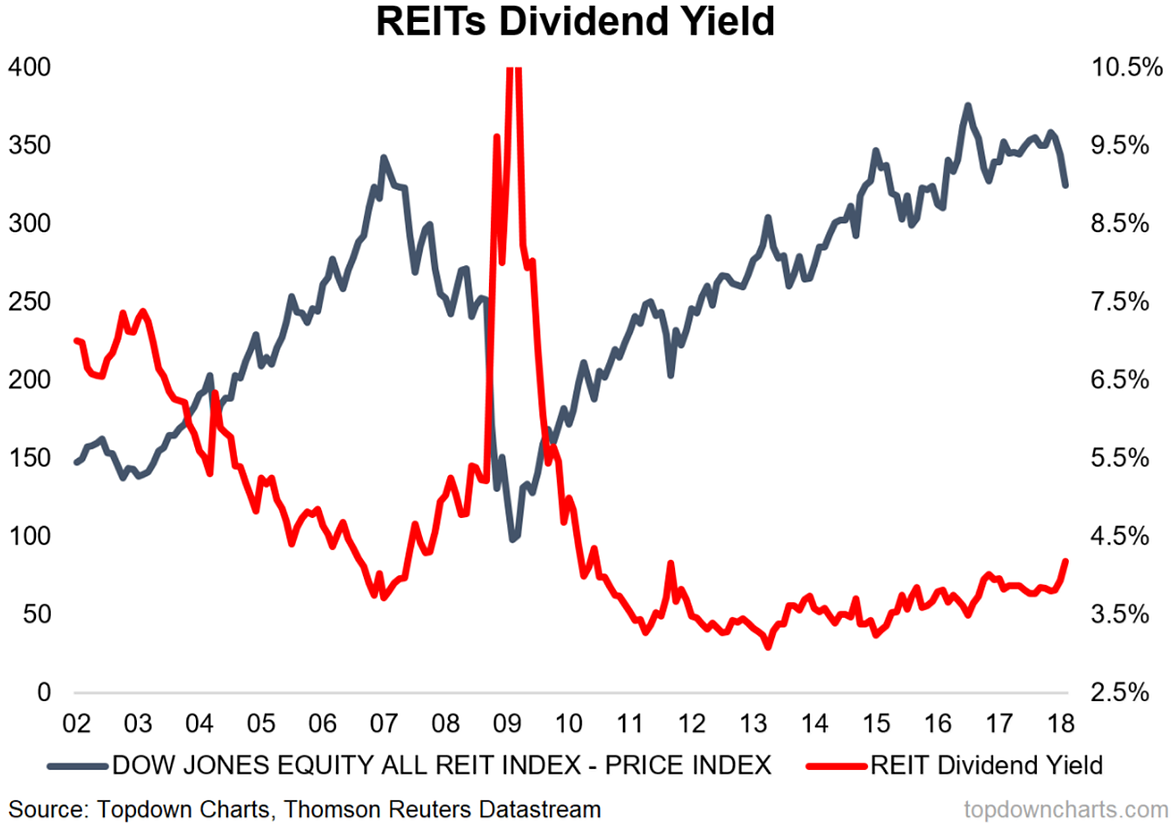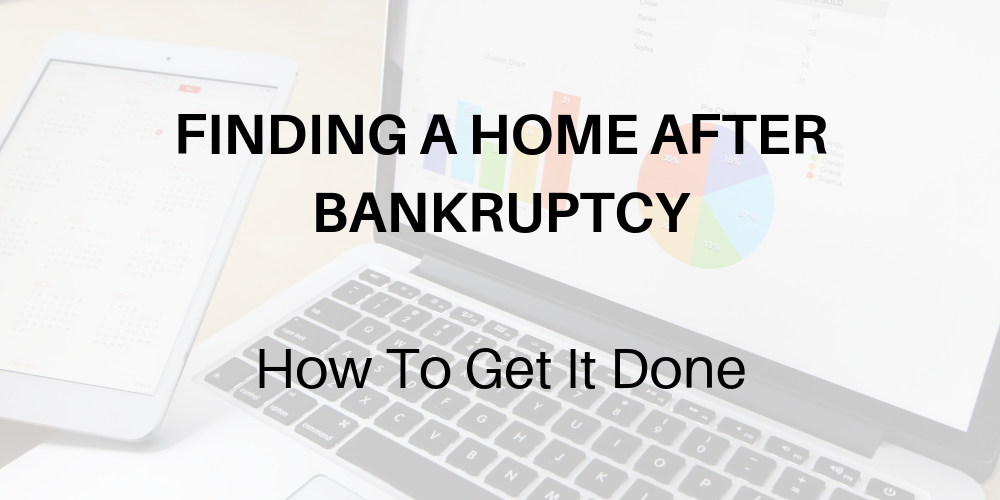10 Open House Ideas To Bring You Customers
https://www.c4dcrew.com/wp-content/uploads/2019/09/CONTRACT-FOR-DEED_-PROS-AND-CONS-22.png 1000 500 Sam Radbil Sam Radbil https://secure.gravatar.com/avatar/0cd60208d9de9b4ec7236a52868375f0187854b5ee1fefa7603d0294819d3045?s=96&d=mm&r=gAn open house showcase is a tried and true way for generating buyer interest in your real estate property, and it is easy to see why.
Potential first-time buyers will have a tough time making a decision if all you provided is an online listing, so the solution is to give them something more tangible to ponder over, such as a live preview of the property.
With that being said, organizing an open house event is no small task, even if you’re a real estate veteran. Many factors will contribute to the success of your open house event, from the way you present the property, to the way you market the event, to the structure of your guest-list.
If this is your first time planning an open house, or if you’re looking for suggestions on how to take your existing events to the next level, look no further. Check out our list of 10 property showcase ideas that will get buyers knocking on your door.
1. Create a Welcoming Environment
The main purpose of an open house is to evoke a positive first impression from visitors, and this means making them feel welcome as soon they set foot on the property. In order to create a welcoming environment, make sure to:
- Update the walls and fixtures
- Keep clutter under control
- Paint over scuffed areas
- Replace missing light-bulbs
- Stage each room with the appropriate furniture
2. Provide Factsheets
There is more to promoting an open house than just making it appear nice. More discerning visitors will look past appearances and will insist instead that you provide relevant facts and information about the property. One way to do it would be to present the facts yourself in person, but a smarter, more efficient approach would be to provide factsheets at the sign-in. Ideas for what to include in terms of information:
- home’s construction
- condition
- flooring
- square footage
- number of bedrooms and bathrooms
- lot size
- land
- location
3. Prepare an Engaging Script
Contrary to popular wisdom, products don’t really sell themselves. Even if your property well-built, richly furnished, affordable, and situated in a good neighborhood, people will still be reluctant to buy without some convincing on your part.
Nowadays, being too aggressive in your sales pitch will immediately turn people off. What you should do instead is frame your pitch in terms of a story. Don’t just bombard visitors with information (that is what the factsheets are for). Instead, explain how buying this particular property will impact their life for the better.
4. Send out Invitations through Mail
Most real estate agencies rely on email for sending open house invitations. There is nothing wrong with this approach per se, but an email invitation can feel a little cold and sterile, which are not feelings you want to evoke. So instead of using email, you can deliver invitations via regular mail. This will make your invitations feel more personal, and as you probably know by now, personalization is the key to marketing success.
5. Place Hangers on Neighborhood Doorknobs
In addition to sending out direct invitations, you can spread the word about your open house event by notifying people in the area. There are countless ways to do this (a couple of which we will cover in the coming paragraphs), but one in particular grew to become a staple in the world real estate. Of course, we are talking about placing door hangers on houses in the neighborhood. Door hangers are cheap to produce, flexible in terms of design, and they are fairly non-intrusive as far as marketing techniques go.
6. Use a Drone to Create Aerial Photography
Today, high-quality images are necessary for creating promotional materials, but they are no longer sufficient to set you apart from competitors. So, in order to take things up a notch and provide truly memorable imagery, you can use drone photography. Hire a professional drone photographer, and have them take photos of your open house from above. And if you want to take things even further, you can use the drone to record a video, and use it to promote the event online.
7. Set up Banners Around the Property
Never underestimate the power of traditional marketing. The real estate industry is a unique position with regards to traditional marketing tactics, such as putting up promotional banners. Banners can display all essential information about your open house event, so passersby can learn about your offer with a single glance. Pay special attention to your banner copy. Don’t be too sales-minded, and be economic with your words.
8. Live Stream the Event
Open house showcases are often recurring events, unless you get really lucky with your first batch of visitors. The problem with this is that you have to redo much of the preparatory work each time you host the event. Or at least you had to until just a few years ago, when streaming technology became mainstream. Now you can livestream the whole event while it unfolds, giving online leads a chance to take a peek as well. Naturally, you can reuse the recording for future events as well.
9. Use a Sign-in App
Having visitors sign up on a list during view is a long-standing open house tradition. It is also a major source of hassle, both for visitors, and yourself. Visitors usually want to look at the property straight away, and deciphering their signatures on a sign-in sheet is an exercise in frustration. Fortunately, nowadays you can use a sign-in app to streamline the whole process. An app such as Spacio will enable you to ask custom questions, sign in people on mobile devices, and send all collected data directly to your CRM system.
10. Send Follow-up Emails
Whether you made a sale or not, you can still extract some utility from your open house event by staying in touch with visitors (especially if you collected their data). All you need is their name and email address, and you can send out follow-up emails after the event to keep them invested in your brand. Thank them for showing up for the event, and offer them the option to get notified about future events. If you run an email newsletter, you can have them sign up to receive your regular content updates (which you should be doing anyway as a part of your digital marketing strategy).
Conclusion
Open house events are a great way to showcase your real estate property in a positive light. Use them to develop a stronger relationship with potential buyers, raise awareness for your business, and hopefully close down sales. And if get stuck at any point during the organization, bookmark this article and look it over to remind yourself of what you ought to be doing.


















